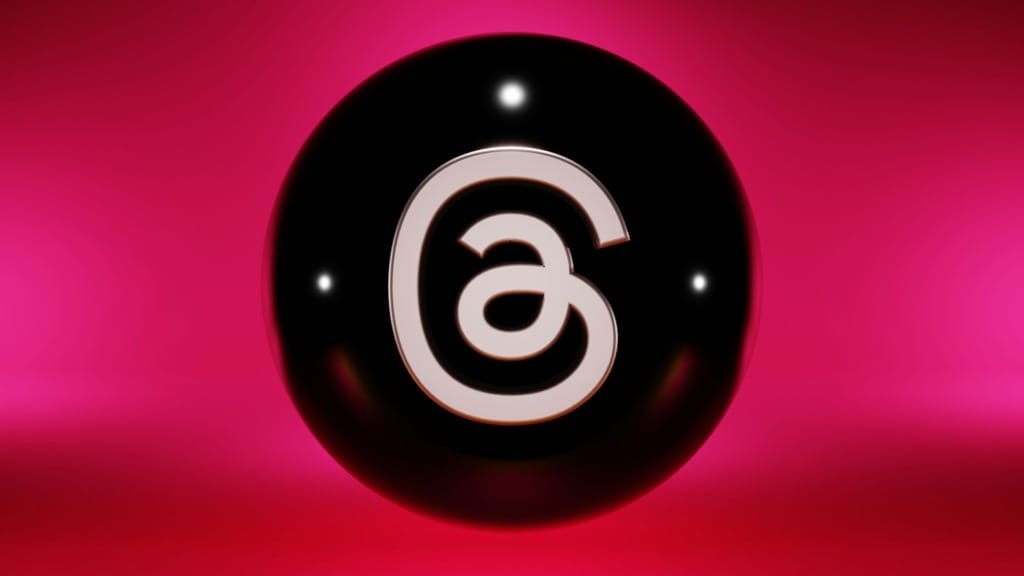Recently, the social media landscape has seen a new contender emerge: Meta’s Threads, an all-new platform with big plans for the future. Among its ambitious goals is integrating with the Fediverse, a decentralised network of interconnected servers that aims to redefine how we interact in the digital world. But the question on everyone’s mind is, will Threads’ expanded Fediverse access truly take off and become a game-changer for users?
The promise of the Fediverse
The Fediverse, primarily powered by the well-known platform Mastodon, envisions a world where a few corporate giants no longer dominate social networking. Instead, users have the freedom to control their data and switch between servers that align with their preferences. It’s a vision of a more open web, where individuals can connect and share across different platforms effortlessly, thanks to ActivityPub, much like sending emails across various providers.
Meta’s stake in the game
Meta, formerly known as Facebook, is not oblivious to the changing tides of the digital world. They’ve committed to integrating Threads with the Fediverse, hoping to tap into the potential of this decentralised approach. However, it’s worth noting that some Fediverse administrators are wary of Meta’s involvement. They see it as a move by a corporate giant to control a space that was born out of a desire for greater independence from such entities.
Meta recognises these concerns and has discussed them with Fediverse administrators to find common ground. But this challenge is just one aspect of their journey towards Fediverse integration.
The user dilemma
One significant hurdle that Meta and Threads face is user adoption. Most social media users are not inclined to tinker with settings or delve into the technology that powers their favourite apps. They simply want to download an app, sign up, and use it. The question is whether the Fediverse connection will resonate with most users.
While proponents believe that people will eventually embrace the newfound control options, history suggests that most users may remain indifferent. It raises the question of why Meta, with its already dominant presence in the social media market, is venturing into the Fediverse.

Meta’s motivation
Meta’s involvement in the Fediverse seems driven by a desire to stay informed about the evolving digital landscape. They aim to secure a position in case the Fediverse gains widespread popularity. However, like the world of cryptocurrency, many Fediverse administrators may appreciate the benefits of centralised control over time.
The Fediverse’s growth may introduce more people to its offerings, but whether they will genuinely care remains to be seen.
In conclusion, Meta’s Threads and its integration with the Fediverse represent an intriguing development in the world of social media. While the concept of a decentralised, user-centric network is appealing, the practicality of widespread adoption and its impact on regular users remains to be determined. Meta’s involvement may shape the future of the Fediverse, but it’s a journey filled with challenges and uncertainties. Only time will tell if this new frontier in social media will truly take off and redefine how we connect in the digital age.





